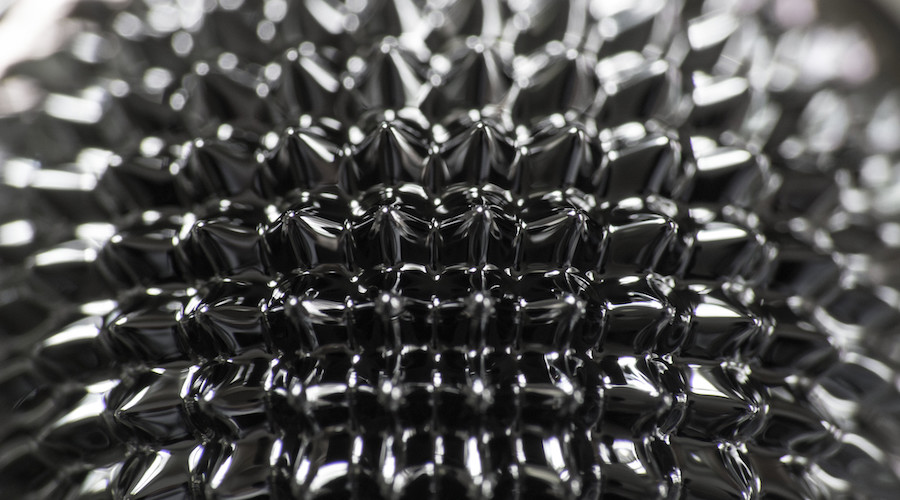Deep freezing iron-based materials expected to be part of superconducting devices of the future

An international team of researchers discovered that iron-based superconductor RbEuFe4As4, which is superconducting below -236°C, exhibits both superconductivity and magnetism below -258°C.
In a paper published in the journal Physical Review Letters, the scientists said that up until now, the coexistence of magnetism and superconductivity in the same material was considered a far-fetched guess. Their discovery, thus, could lead to applications in green energy technologies and in the development of superconducting devices, such as next-generation computer hardware.
According to David Collomb, lead author of the study, superconductivity and magnetism tend to make poor bedfellows because the alignment of the electronic magnetic particles in ferromagnets generally leads to the destruction of the electron pairs responsible for superconductivity.
“For many decades, scientists have tried to explore a host of materials that have both properties in a single material, and material scientists have recently had some success fabricating a handful of such materials,” Collomb said in a media statement. “However, so long as we don’t understand why coexistence is possible, the hunt for these materials can’t be done.”
The physicist explained that this new research provided a material that has a wide temperature range where superconductivity and magnetism coexist, which means that it may be possible to study the interaction between both phenomena more closely and identify the mechanism through which this coexistence can occur.

To investigate the unusual behaviour of RbEuFe4As4, Collomb and his colleagues created magnetic field maps of a superconducting material as the temperature was dropped. They found the vortices, or points in the superconducting material where the magnetic field penetrates, showed a pronounced broadening near the temperature of -258°C, indicating a strong suppression of superconductivity as the magnetism turned on.
These observations agree with a theoretical model that describes the suppression of superconductivity by magnetic fluctuations due to the Europium atoms in the crystals. Here, the magnetic direction of each Eu atom begins to fluctuate and align with the others, as the material drops below a certain temperature. This causes the material to become magnetic.
“This suggests that in our material, the magnetism and superconductivity are held apart from each other in their own sub-lattices, which only minimally interact,” Collomb said. “This work significantly advances our understanding of these rare coexisting phenomena and could lead to possible applications in the superconducting devices of the future. It will spawn a deeper hunt into materials that display both superconductivity and magnetism. We hope it will also encourage researchers in more applied fields to take some of these materials and make the next-generation computing devices out of them.”
The researcher foresees prototype devices using this technology and being developed within a decade.
More News
{{ commodity.name }}
{{ post.title }}
{{ post.date }}



Comments